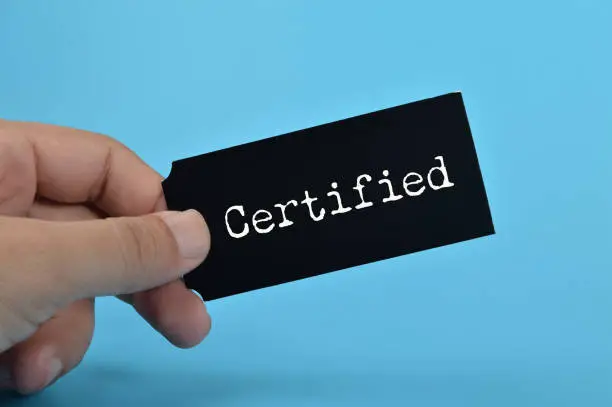The Top 10 mistakes to avoid when writing a grant proposal include:
- Neglecting the instructions and requirements: Before you begin writing, make sure you thoroughly read and understand the instructions and requirements for the grant proposal. Not following the instructions can be a red flag to the funding organization and show a lack of attention to detail. For example, if the instructions specify that proposals should be limited to 5 pages, but you submit a 10-page proposal, the funding organization may reject your proposal before even considering its content.
- Lack of research: Research is crucial to writing a successful grant proposal. You need to know the funding organization, their mission, and what they are looking for in a grant proposal. For example, if the funding organization focuses on supporting environmental initiatives, make sure your proposal highlights how your project aligns with this mission. Neglecting to research the funding organization can result in a proposal that fails to meet their goals and interests.
- Failing to address the problem: Your grant proposal should clearly state the problem you are trying to solve and why your organization is the best one to do it. For example, if you are proposing a project to reduce poverty in a specific area, make sure your proposal clearly explains the extent of poverty in the area and how your organization’s solution is unique and impactful. Neglecting to clearly address the problem can result in a proposal that fails to demonstrate the urgency of the issue and the need for funding.
- Overlooking the budget: The budget is a crucial part of your grant proposal. Make sure you have a detailed and accurate budget that shows the costs associated with your project and how the funding will be used. For example, if your project requires the purchase of equipment, make sure to include the cost of the equipment, installation, and maintenance in your budget. Neglecting to include a detailed budget can result in a proposal that is seen as unrealistic or not well thought out.
- Neglecting the timeline: A grant proposal should include a timeline that outlines the start and end dates of the project, as well as intermediate milestones. This will help the funding organization understand how you plan to complete the project and what results you expect to achieve. For example, if your project is a community garden, your timeline might include milestones such as securing a location, purchasing supplies, and planting the first seeds. Neglecting to include a timeline can result in a proposal that appears disorganized or lacks a clear plan of action.
- Using too much technical language: Your grant proposal should be written in clear, concise language that is easy to understand. Avoid using technical language that might be confusing to the reader. Instead, focus on using plain language that clearly explains your project and its goals. For example, instead of using the technical term “carbon sequestration,” you might use the more understandable term “capturing and storing carbon in the soil.” Using too much technical language can result in a proposal that is difficult to understand and fails to connect with the reader.
- Not including enough detail: A grant proposal should provide enough detail to give the funding organization a complete picture of your project and what you hope to accomplish. For example, if you are proposing a project to build a community center, make sure to include information about the location, the design and construction plans, and the timeline for completion. Neglecting to include enough detail can result in a proposal that fails to provide a full picture of the project and its potential impact.
- Failing to sell your organization: Your grant proposal should show why your organization is the best one to complete the project. Highlight your organization’s strengths, past successes, and any unique qualities or expertise that sets you apart from others. For example, if your organization has a long history of successful community projects, make sure to highlight this in your proposal and explain how it makes you well-suited to complete the project you are proposing. Neglecting to sell your organization can result in a proposal that fails to demonstrate why you are the best choice for the funding.
- Neglecting to include letters of support: Including letters of support from other organizations, community members, or stakeholders can help bolster your grant proposal. These letters demonstrate that others believe in your project and support your efforts. For example, if you are proposing a project to build a community center, you might include letters of support from local businesses, community organizations, and government officials. Neglecting to include letters of support can result in a proposal that appears less credible and lacks community support.
- Failing to proofread and edit: A grant proposal that is poorly written, filled with typos and grammatical errors, can be a major turn-off to funding organizations. Make sure to carefully proofread and edit your proposal before submitting it. Consider having someone else review your proposal to catch any mistakes you may have missed. For example, you might ask a colleague or a friend to review your proposal and provide feedback. Neglecting to proofread and edit your proposal can result in a proposal that appears unprofessional and poorly put together.
By avoiding these common mistakes, you can increase your chances of success when writing a grant proposal. Remember to focus on providing a clear and compelling case for your project, demonstrating the need for funding, and highlighting your organization’s strengths and capabilities




